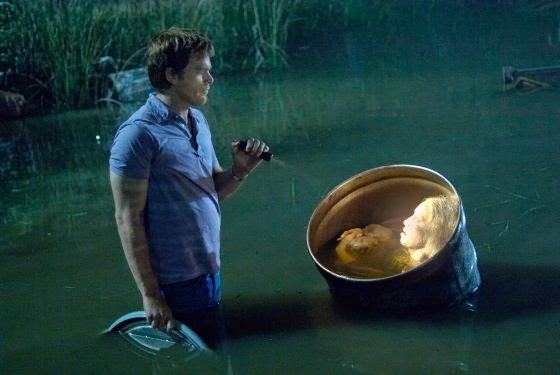This side show is alarming and the even more alarming part is that we will keep eating disgusting ingredients . And a good many of us was fall to illness as a result.
As you can plainly see the ingredients listed have no business in our bodies. While most all consumers are aware these types of processed foods are harmful in the long run, keeping our families tummy's full is a immediate priority. Having a full tummy doesn't mean nourishment in my opinion.
Sawdust and Titanium?
Yes it is in food you eat. Many shown are used to enhance color or just used to keep all the other processed ingredients together. How about beetles in your Starbucks Coffee? It could be called natural coloring couldn't it? Colored with real bug shells, sounds yummy.
Click the link to know more, I dare you.
Photo via: http://pixel.nymag.com/
View Slides- via Disgusting Ingredients You're Eating Right Now
As you can plainly see the ingredients listed have no business in our bodies. While most all consumers are aware these types of processed foods are harmful in the long run, keeping our families tummy's full is a immediate priority. Having a full tummy doesn't mean nourishment in my opinion.
Sawdust and Titanium?
Yes it is in food you eat. Many shown are used to enhance color or just used to keep all the other processed ingredients together. How about beetles in your Starbucks Coffee? It could be called natural coloring couldn't it? Colored with real bug shells, sounds yummy.
Click the link to know more, I dare you.
Photo via: http://pixel.nymag.com/
View Slides- via Disgusting Ingredients You're Eating Right Now




